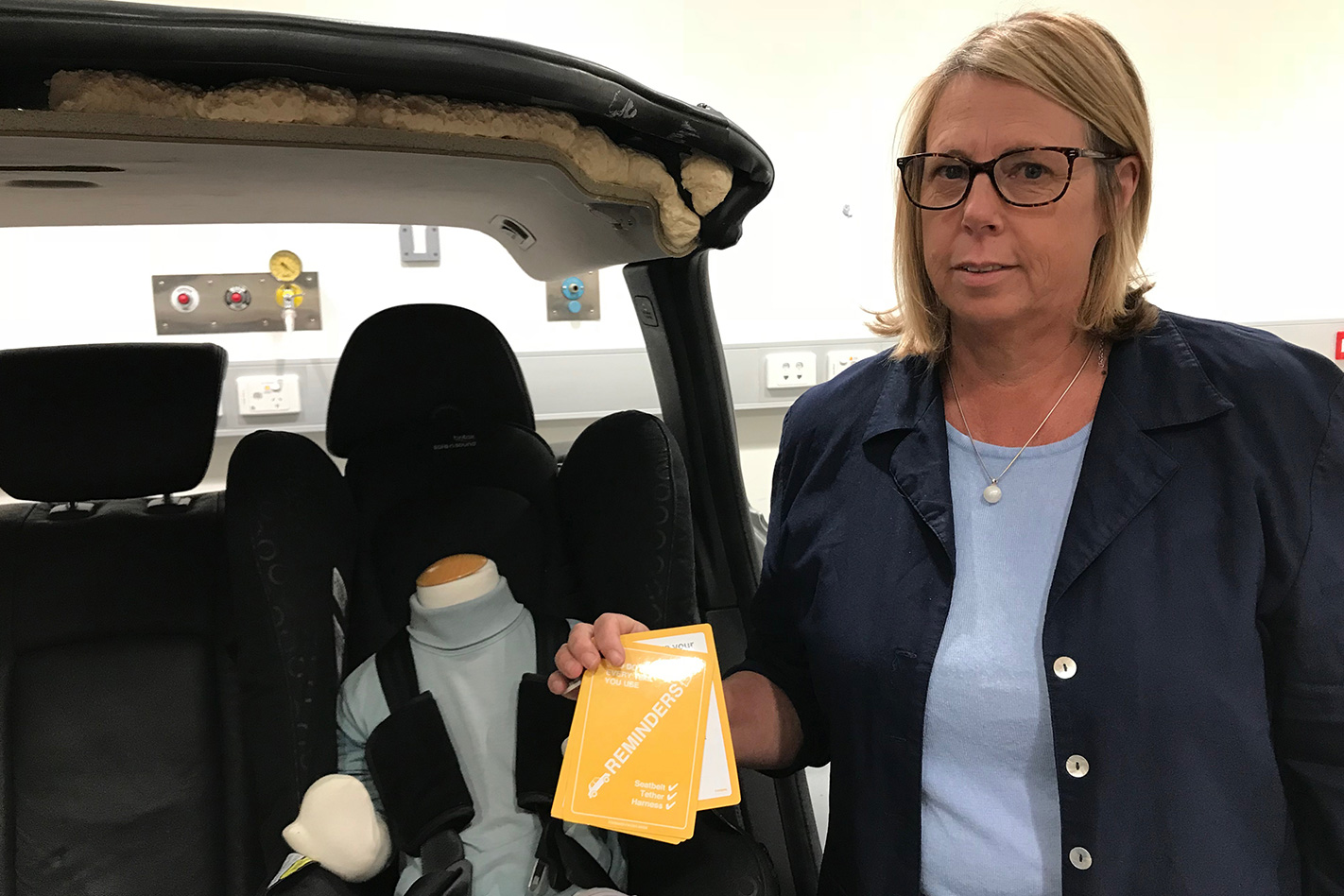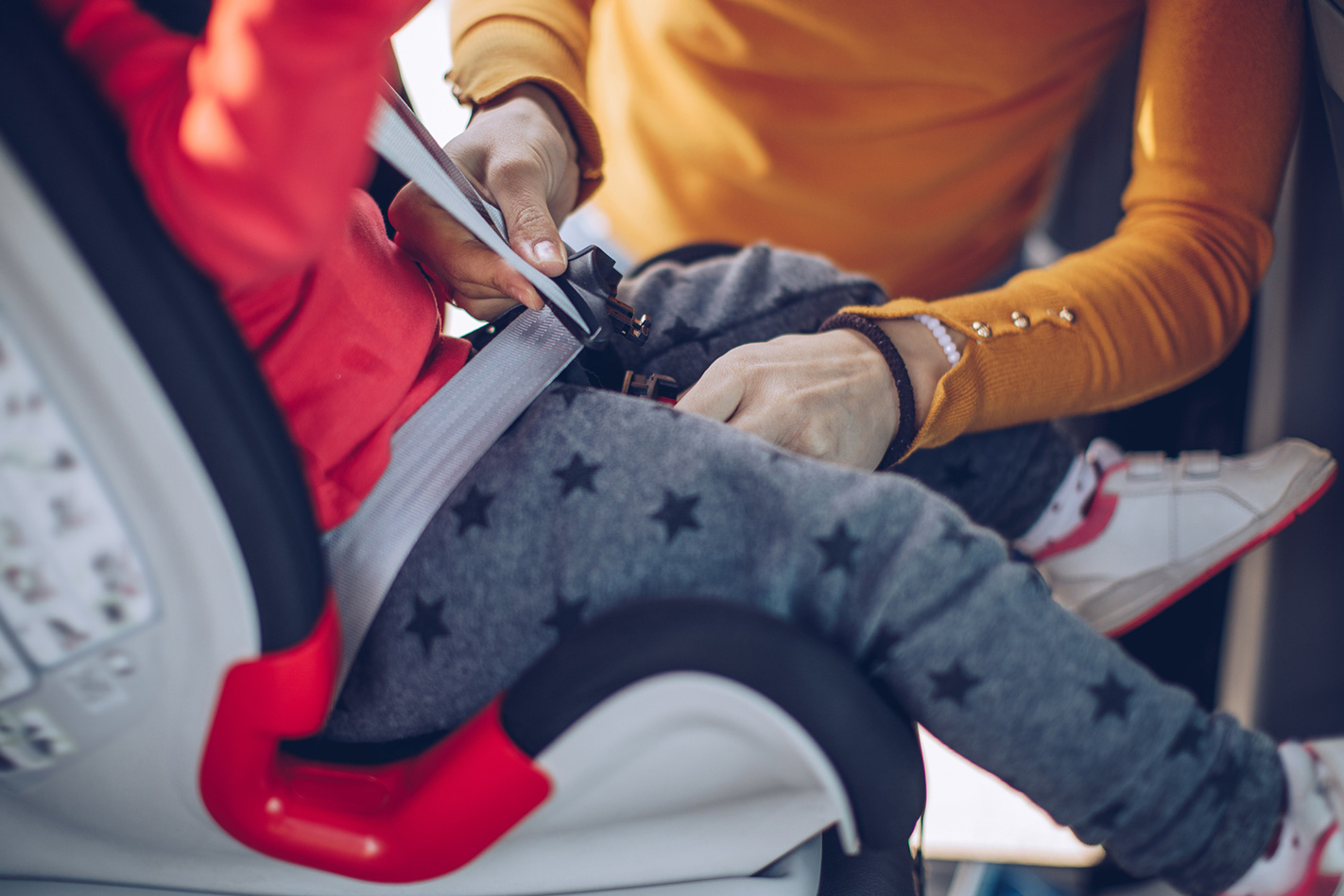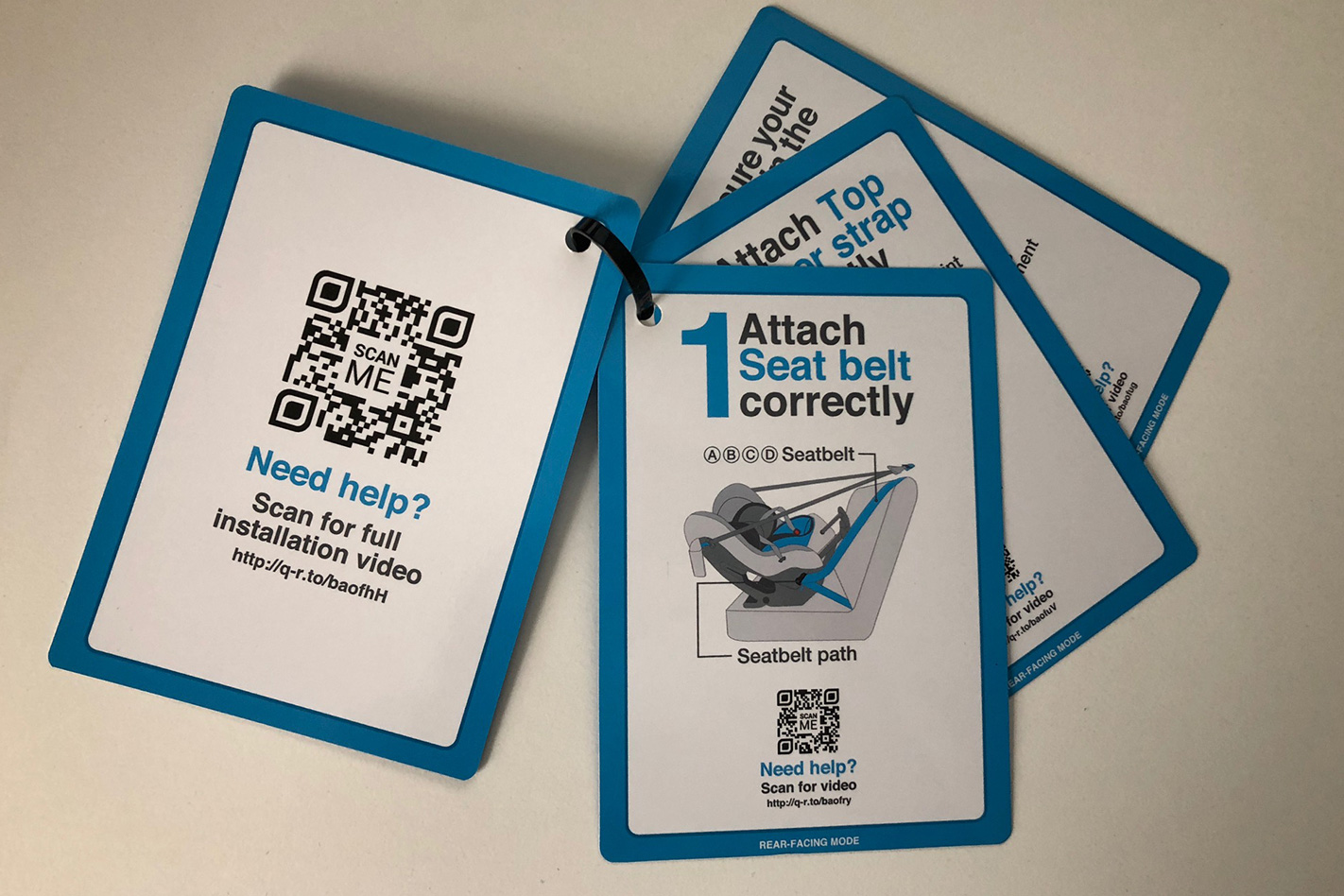
Nearly half of Aussie parents are fitting infant car seats incorrectly, increasing the risk of serious injury to their children by up to three times.
That alarming figure was revealed as part of research headed by Associate Professor Julie Brown from Neuroscience Research Australia (NeuRA), which showed that making child restraint instructions more user friendly could increase correct use by up to 27 per cent, saving lives and preventing injuries.

“Research undertaken at NeuRA identified a critical relationship between comprehension of instructional materials and errors in use,” said Associate Professor Brown, who last week reported the findings at Safety 2018 World Conference in Thailand
In a survey of 400 Australian parents, 90 per cent reported that they had read the instructions supplied with the restraints, yet almost half still installed them incorrectly or did not strap their children in safely.
“This suggested instructional materials in their current form may not be effective in communicating how to use restraints correctly, and that we may need to take a new approach to how instructional materials are regulated in product standards,” said Associate Professor Brown.
Common errors include incorrect use of tethers and seat belts to secure the car seat, straps placed too high or low, or too loose or tight, over the child’s shoulder, and improperly reconfiguring the child car seat between rear- and forward-facing use.

As part of the study, NeuRA researchers looked at the range of instructional materials provided by child restraint manufacturers, citing these as a leading cause of errors in use.
Following their review, Associate Professor Brown and her team consulted parents to develop a new set of prototype instructional materials for correctly using child restraints.
The user-driven approach was tested and refined until at least 80 per cent of study participants were able to correctly comprehend and carry out the instructions.
“Instead of a group of experts sitting around a table developing user guidelines, we asked parents to work with us to develop and drive new instructions, and to then road test them as part of our ongoing research to review and deliver correct comprehension and proper use of installation guidelines,” Associate Professor Brown said.
“We are trying to ensure information supplied with child restraints is comprehensible, to ultimately ensure they are installed correctly and do what they are designed to do.”
The new instructional materials developed in the study consisted of an A3-size instruction sheet, a set of four swing tags fixed to the restraint and an online video that demonstrates the overall instruction and usage process with extra video content that demonstrates specific key tasks.

The videos can be viewed on smartphones while installing the seats via QR codes printed on the instruction sheet and the swing tags.
Tests using the new consumer-driven instructional materials resulted in 27 per cent more people installing and using the seats correctly, and comprehension was 42 per cent higher.
It’s believed the study will reduce the number of child injuries in car accidents, which is as high as 50 percent in developed countries, by ensuring restraints are installed and used correctly every time a child travels on road.
“This could be a cost-effective and far-reaching intervention that will keep kids safer on the road both here in Australia and in many other countries around the world,” Associate Professor Brown said.
Associate Professor Brown and her team at NeuRA are now taking this study from the lab to the real world to work to make child restraints in cars more effective.
To learn more and get involved, visit the NeuRA website.




